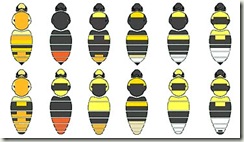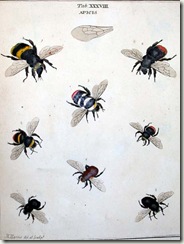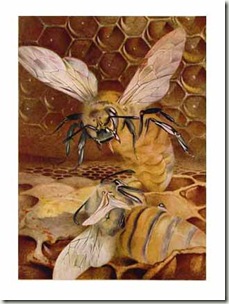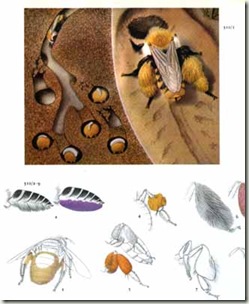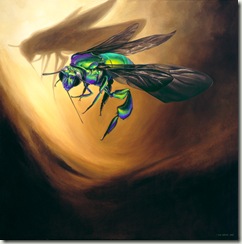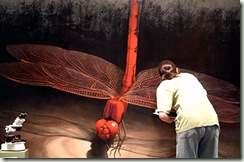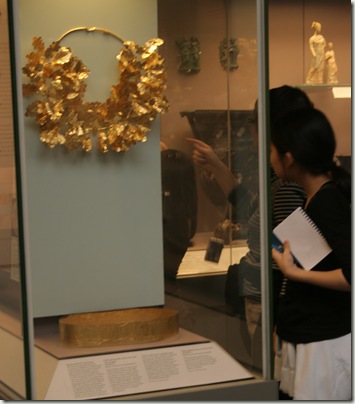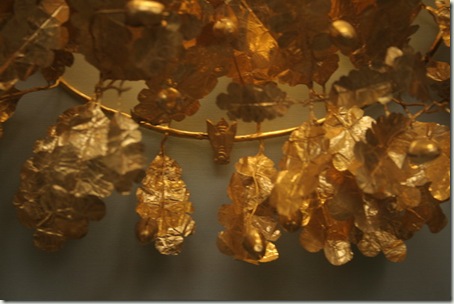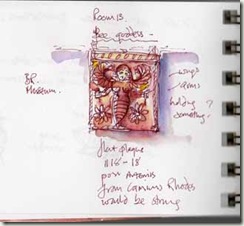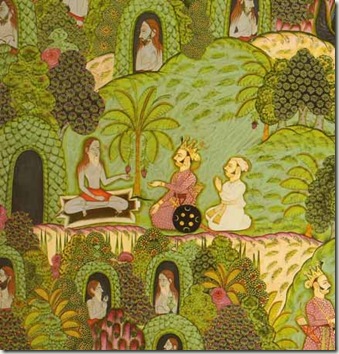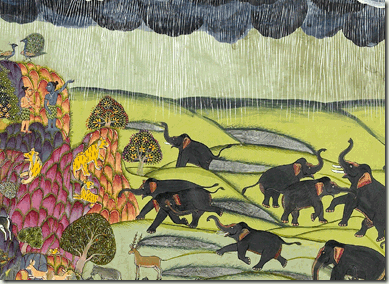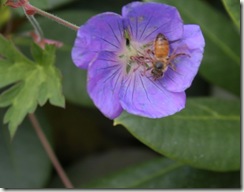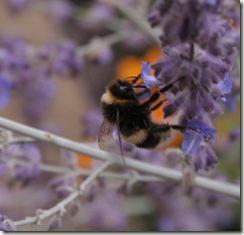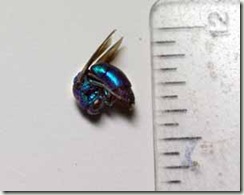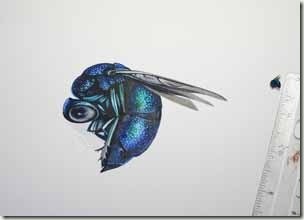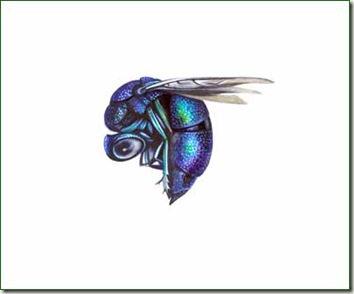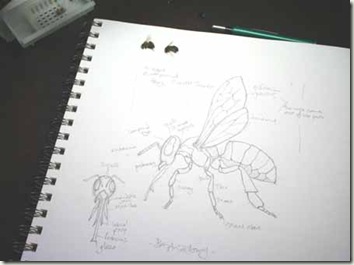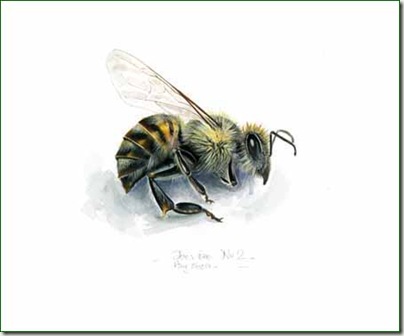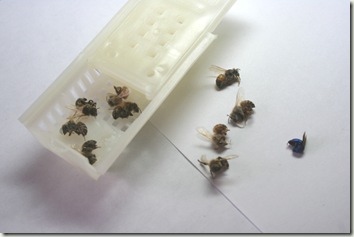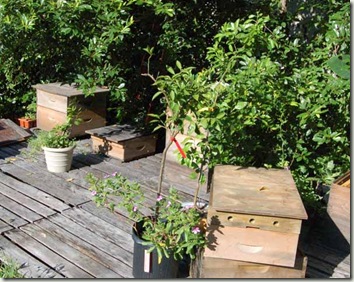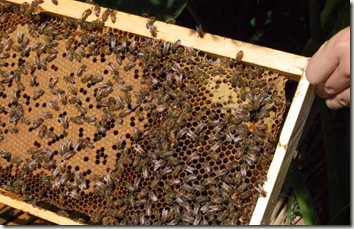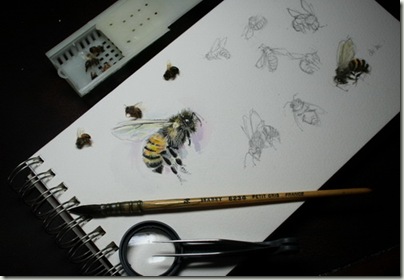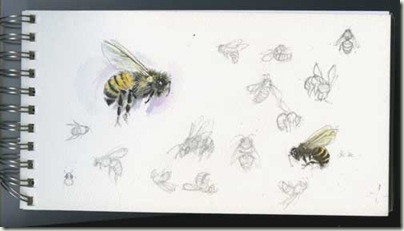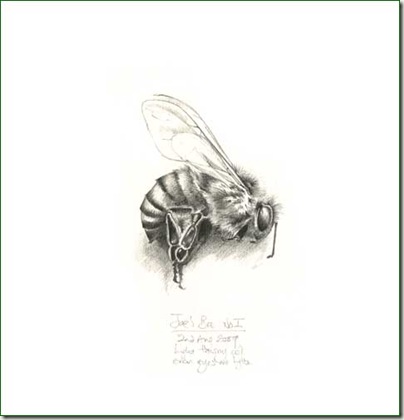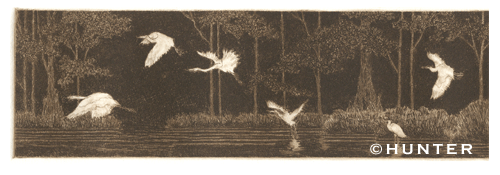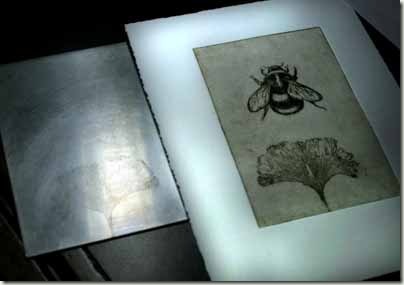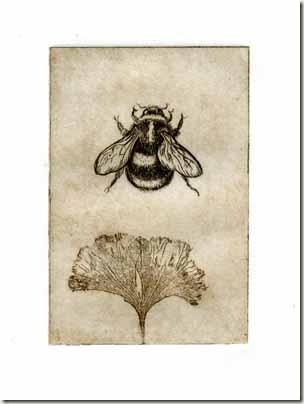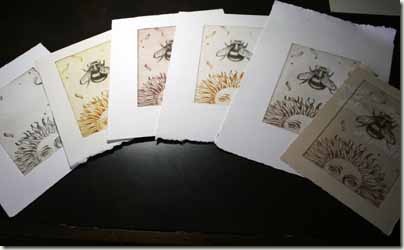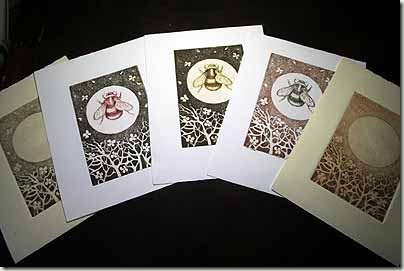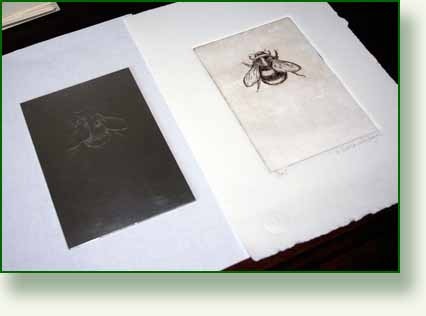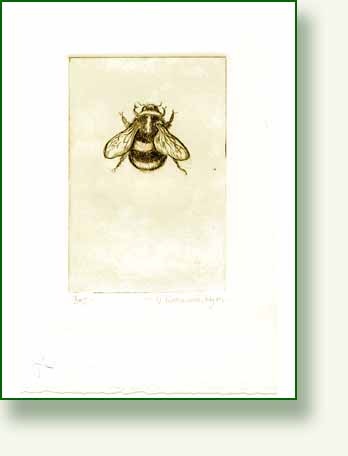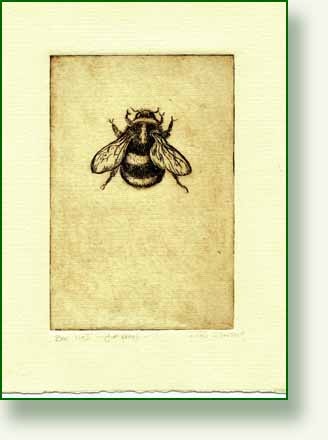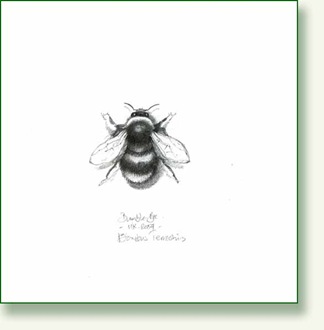“I wish to speak of the bees very simply, as one speaks of a subject one knows and loves, to those who know it not. .”
from “The Life of the Bee” by Maurice Maeterlinck.
These small paintings that you will see over the next few weeks will be the result of hours and hours of looking, reading, research and much changing of mind. The quite modest finished thing is truly the tip of a huge iceberg.
I don’t make life easy for myself either, as I seem to be incapable of just copying a photograph, even my own. I need to know about my subject.
Over and above the biological structures and, just as a portrait painter may wish to know the character of the the sitter, I want to know about the character of my bees. .. so I read and look.
I read the scientific descriptions, the lists of body parts with names I will never remember, and I read the poetic and I read the myth, the human responses and the memories.
So in the posts I will try to add some fact and fiction as I go. It will also help me to remember. Some studies will be more successful than others.
In all my time painting and drawing I know one sure fact; you definitely cannot please all the people.
Now I just try to have an aim for myself, try to stick to it and then move on. I am not inclined to be too scientific, so the paintings will my interpretation of the bees, what I see, what I know and what I feel. I am sure there will be some inaccuracies, but that is OK with me.
Representing the Bee I like to look at the possibilities of how bees might be represented. I love the graphic quality of these bumble bee identification charts from the Natural History Museum site, see here.
and another bumble bee set, computer generated from the Xerces Society here
I look at beautiful antique steel engraved prints and old natural history prints;
From the British Library’s Victorian Book Illustration site here ‘Common humble bee’, from The Naturalist’s Library, vol. 38 Entomology, edited by William Jardine
From Glasgow Library here : Moses Harris: An exposition of English insects …
minutely described, arranged, and named, according to the Linnaean system London: 1782
I look at the fabulous work of one of my favourite illustrators, E J Detmold who illustrated “The Life of the Bee” by Maurice Maeterlinck.
Here is his ferocious Queen Bee. He is able to convey character along with technical accuracy. His originals are stunning small watercolours.
Another insect drawing hero of mine is the incomparable Walter Linsenmaier. I have just found a copy of his “Insects of the World”, a 1972 book which, years ago, I used to commandeer from the local Library whenever I needed insect reference.
If I had seen it when I was drawing the blue wasp I would have had no problem with identification.
Here a little digger bee laden with pollen returns to the nest leaving its tell tale trail behind. Below it some pollen collecting mechanisms. Again, he is so much more than purely a scientifically accurate painter.
His insects are alive with character and mystery, while explaining simply and stylishly just how insects work and live.
I am looking at many other, contemporary, artists too, but am particularly impressed by Jesse Huebing-Reitinger’s massive paintings for the fascinating Project Insect here.
They are quite extraordinary. She works from pinned specimens, with a microscope to create these huge images.
This orchid bee is 7.5ft square. Fabulous. Makes me want to run out and buy a big canvas
“Harley” the orchid bee
Here she is painting a huge dragonfly.
Read more about her and the art work for Project Insect here.
My small studies are only 3.5 x 3.5 inches square!

